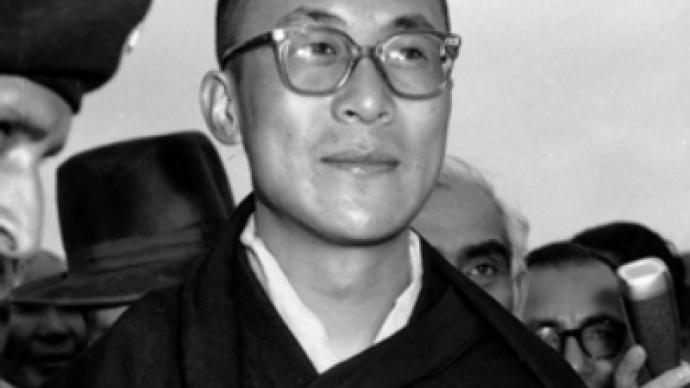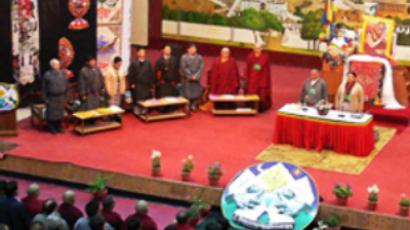How CIA helped Dalai Lama to end up in exile

It is widely believed that the Dalai Lama fled Tibet once Chinese troops gained control over the region. Actually, these two events have nine years between them.
Tibet’s self-proclaimed independence in 1913, after the fall of Qing Empire of China, was never recognised legally by any country. So, once China sorted out the Civil War, it saw it only as natural to claim the territories succeeded from the state of Qing.
Once the Chinese People’s Liberation Army forces defeated Tibet’s army on October 7, 1950, Beijing started a campaign of re-integrating Tibet into the People’s Republic of China.
The US became interested in the region as a new ground to counter Communist China. It promised to encourage and support Tibetan resistance to Communist control and provide financial help to Tibetan insurgents, says Peter Harclerode in his book,.
For the US State department, the Dalai Lama was of more use in active opposition to Beijing. That is why the CIA actively encouraged the Tibetan leader to go into exile to any nearby state, such as India, Ceylon or Thailand, to become the symbol of Tibet resistance to Communist China.
In 1951 the 14th Dalai Lama, Tenzin Gyatso, preferred to stay in Lhasa and formally accepted “The 17 Point Plan” peace treaty uniting Tibet and the People’s Republic of China.
Three years later the Dalai Lama was elected vice-chairman of the Chinese People's National Assembly, thus entering China’s ruling elite.
In 1956 Tibetan tribal alliance “National Army of the defenders of the Faith” tried to urge locals to fight Chinese and asked Dalai Lama to give a “spiritual support and leadership” for the resistance, which he refused.
The alliance nevertheless obtained aid from the CIA without the Dalai Lama’s knowledge. Six Tibetans were handpicked to be trained in using small weapons, demolition, mine-laying and sabotage at the American military base on Saipan Island so they could participate in a secret CIA operation codenamed “Saint Circus”.
In autumn 1957, two of these freshly-trained Tibetans were parachuted in to Tibet to deliver a secret message from the US government to the Dalai-Lama, offering assistance if His Holiness requested any. Again, the Dalai Lama turned it down.
Then, in early 1958, CIA agents in Lhasa delivered a new secret message from the US urging the Dalai Lama to make a formal request for American assistance, which he declined despite the fact it would have been backed by the newly-formed Chushi Gangdrug (Four Rivers, Six Mountains) tribal alliance. The Dalai Lama was consistent in avoiding foreign help to spare his compatriots from a possible war with China – but he did not succeed.
On June 16, 1958, Chushi Gangdrug’s military wing formed a National Volunteer Defence Army which began a full-scale insurgent warfare a whole year before the famous Tibetan uprising started (on March 10, 1959).
Also in 1958, the CIA began a new training programme for future Tibetan guerillas. Codenamed “The Colorado program” it lasted for seven years at Camp Hale in Colorado and neighboring the Butts Field Air Force Base. No fewer than 200 Tibetans were trained during these years.
At the same time, the CIA made sure the Tibetans were armed by dropping weapons and equipment for their guerillas.
In total, from July 1959 till May 1960, about 362 tonnes of weapons, ammunition and equipment – as well as 85 trained guerilla warfare specialists – were dropped into Tibet,
The US State Department closed down the Tibet project fifteen years later when, in 1974, it officially ceased to aid the Tibetan government in exile.
Following the 1959 uprising, the Dalai Lama fled to India where he stays in exile to this day.













